How Latin American youth resist migration with creativity and social struggle
especiales
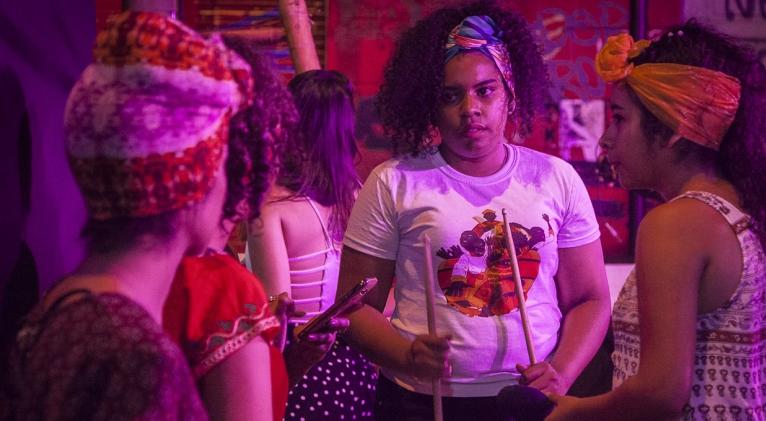
A young boy grows up selling clothes alongside his siblings and mother, immersed in the scent of grilled meat and the sweltering, humid heat of the narrow aisles and multicoloured stalls of Mercado 4 in Asunción, the capital of Paraguay, located in the very heart of South America.
As a pubescent boy, he has already worked more hours than the average university student in any wealthy country. Like many others, his family can’t afford a full secondary education, let alone a university education. He faces a variety of economic hardships. He reaches adolescence, has a girlfriend and dreams of riding his own motorbike. He wants money to buy new clothes, he wants to consume like the chetos (people from the wealthy classes), but his job barely covers food and the rent for a tiny room. When his girlfriend becomes pregnant, the Paraguayan public health system offers no support.
Desperate for quick cash, he rapidly moves from petty theft to armed robbery, landing in prison within just a year. By the time he’s 18, he’s a father, and he’ll spend the next five years incarcerated in Tacumbú, one of the continent’s most notorious prisons.
Meanwhile, his younger brother, Ángel, learning from his older brother’s example, takes a completely different path. He trains martial arts, avoids drinking and smoking, doesn’t go out partying and works with strict discipline in the market. His life resembles that of an ascetic monk.
He starts a martial arts academy in his backyard. A few months later, he opens a small shop in the city centre. Not long after, his brother is released from prison. If this were a Netflix production, it would likely be a gripping crime saga about an armed gang terrorising the continent, or a deeply emotional family drama. But the reality couldn’t be further from those storylines. Today, the two brothers work side by side and dream of opening a large gym.
Media narratives and fictionalised accounts would have us believe that young people in Latin America are doomed to become migrants or drug dealers, with few other options for a future in one of the largest and richest regions in the world. While such realities do exist, they’re far from the norm. Instead, Latin America is full of young fighters, scientists, artists and tireless workers who are busy transforming their reality.
Three women inspiring change in their neighbourhoods and communities
Valeria Altamirano was born in the city of Rancagua, Chile. She trained as a midwife and focused on addressing the sexual and reproductive health of women in her community. However, at 28, she realised that her individual efforts were not enough to tackle the many deficiencies of the public health system. So, she decided to join a union: the National Confederation of University Health Service Professionals of Chile (FENPRUSS).
Altamirano began by exposing labour violations at her hospital and focusing on the challenges faced by young workers. Now 33, she serves as the national representative for all public health workers under the umbrella of the Central Unitaria de Trabajadores y Trabajadoras de Chile (CUT). Her life these days revolves around travelling from hospital to hospital, listening to workers and helping them improve their working conditions
“In Latin America, we face very similar situations, though on different scales. But the root problem is precarious employment, which is far more widespread than it is in Europe,” Altamirano tells Equal Times from Santiago.
According to Altamirano, precarious work is one of the main ways in which young people across the continent enter the workforce. It’s a situation that remains far from resolved. “It results in constant labour mobility among young people. By the end of their working lives, this takes a significant toll. It also deeply affects how young people can engage with their surroundings,” she adds.
Altamirano insists that trade unions in Chile “are not restricted” as they are in Paraguay, for example. However, she notes that job instability greatly limits young people’s participation in unions.
“There’s a high level of political participation in high school and university, but once they enter the workforce, everything changes. Due to job insecurity, their activism fades, and it becomes hard for them to join a trade union, let alone become union leaders,” she argues. Altamirano also points to a “significant lack of understanding” about the role of trade unions and how they function.
While Araceli Medina, 28, holds a degree in radiology, her life is deeply rooted in social and cultural causes. From a young age, she has actively participated in community activities including music festivals, conferences, as well as protests, land occupations and legal battles alongside her fellow community members to protect and improve their environment while preserving their Afro-Paraguayan culture.
Ara, as she likes to be called, is of African descent. Her recent ancestors arrived in Paraguay from Uruguay – already freed from the shackles of slavery – with exiled Uruguayan general Gervasio Artigas in 1820. Ara has spent years in assemblies, working groups, and fundraising, as well as in the dance and musical performances that have made her people famous across the country.
“I saw myself very much reflected in the struggle of my mother, my sister and my aunts. They weren’t given opportunities, they didn’t have much of a chance to study or find a decent job,” Ara tells Equal Times. Her political experience made her a leader for change within her own community. In Kambá Kuá, as her neighbourhood and its ballet and band are called, tradition dictated that, although women and men danced together, only men could play the drums. When Ara started attending feminist assemblies in the capital, one of the many realisations she had was that she had always wanted to play the drums.
“But there was fear and resistance. When I was 15, my cousins and I created Kuñá Afro [meaning ‘Afro woman’ in Guaraní], a group of Afro-descendant women focused on challenging prejudice,” Araceli explains. Since then, the group has grown to more than 15 members. They’ve performed at marches, held workshops and inspired new generations. Although there was initial resistance from some men in the community, their reservations were overcome when they saw the talent of the new members. “Today we see four-year-old girls saying ‘I want to play, not just dance’. This is revolutionary for our community,” she adds. “We need more spaces, more women, more recognition,” she concludes.
Mirelle Gonçalves, 30, grew up within Brazil’s Landless Workers’ Movement (MST) in the state of Paraná. Influenced by her own family’s involvement, she took part at a young age in the marches and activities of the movement, which works to preserve land for peasant and indigenous families. After studying in the state capital, she returned a rural area to dedicate herself to education in an agroecological settlement.
“Land is life, and we must defend it. These settlements offer a real alternative, where we farm sustainably and live as a community,” says Gonçalves. Her work as a teacher blends formal education with lessons on food sovereignty, sexuality and community organising. She emphasises the grassroots work of social movements like the MST: “While Brazil’s major unions negotiate behind closed doors, we are on the ground, organising at the grassroots level,” she says. With over a million members, the MST is one of Brazil’s largest social movements.
At the same time, she acknowledges the work of trade unions like CUT Brazil, which remains the largest left-wing union platform in the country. “Thanks to Lula [President Luiz Inácio Lula da Silva], the government has forced big companies to sit down and negotiate, to abide by the law and not to abandon workers. And that is invaluable,” she says.
Gonçalves and so many others like her, remarkable but far from uncommon, are united by their pursuit of a fairer world, a struggle which starts in their own homes, neighbourhoods and communities.
Figures that inspire hope
According to the International Labour Organisation (ILO), 50 per cent of young people in Latin America are employed in the informal economy, meaning they are active workers but lack legal protection and access to various benefits. Many juggle temporary jobs with their studies or personal ventures.
According to the United Nations’ World Migration Report 2024, as of 2020, approximately 3.6 per cent of the global population had chosen to migrate. In Latin America and the Caribbean, between 1995 and 2020, migrants accounted for 4.64 per cent of the region’s total population of approximately 660 million people. This translates to roughly 30.6 million migrants over the past 25 years, the majority of whom headed to North America (25 million), followed by Europe (5 million), with smaller numbers heading to Asia and Oceania (600,000). In addition, another 11 million Latin Americans have migrated to neighbouring countries within the region.
At the same time, ECLAC studies highlight that access to higher education in the region has doubled over the past 20 years, rising from 26.3 per cent to 56.4 per cent. This has led to the emergence of new generations of scientists, artists and entrepreneurs who are helping to shape the future.
Despite the significant challenges faced by Latin American youth, their resilience and creativity are undeniable. From the bustling aisles of Mercado 4 to the rural communities of Brazil, young people are continually finding ways to resist, reinvent themselves and build a better future. As Araceli Medina reflects: “We are not invisible, nor are we a problem. We are the change our continent needs”.


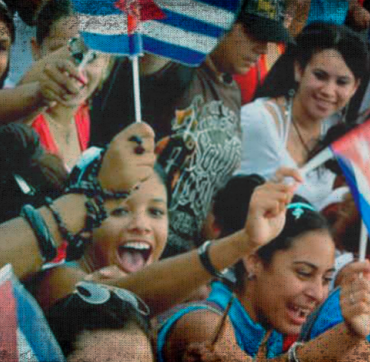
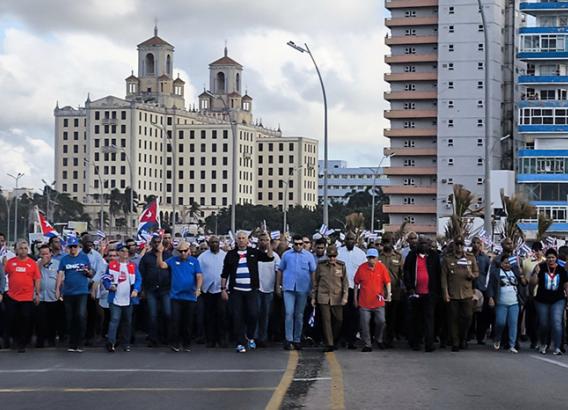
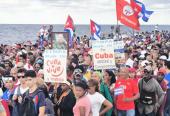


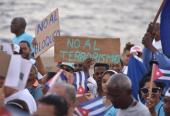
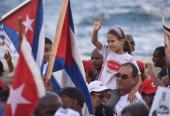
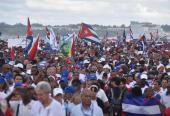


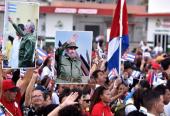

Add new comment